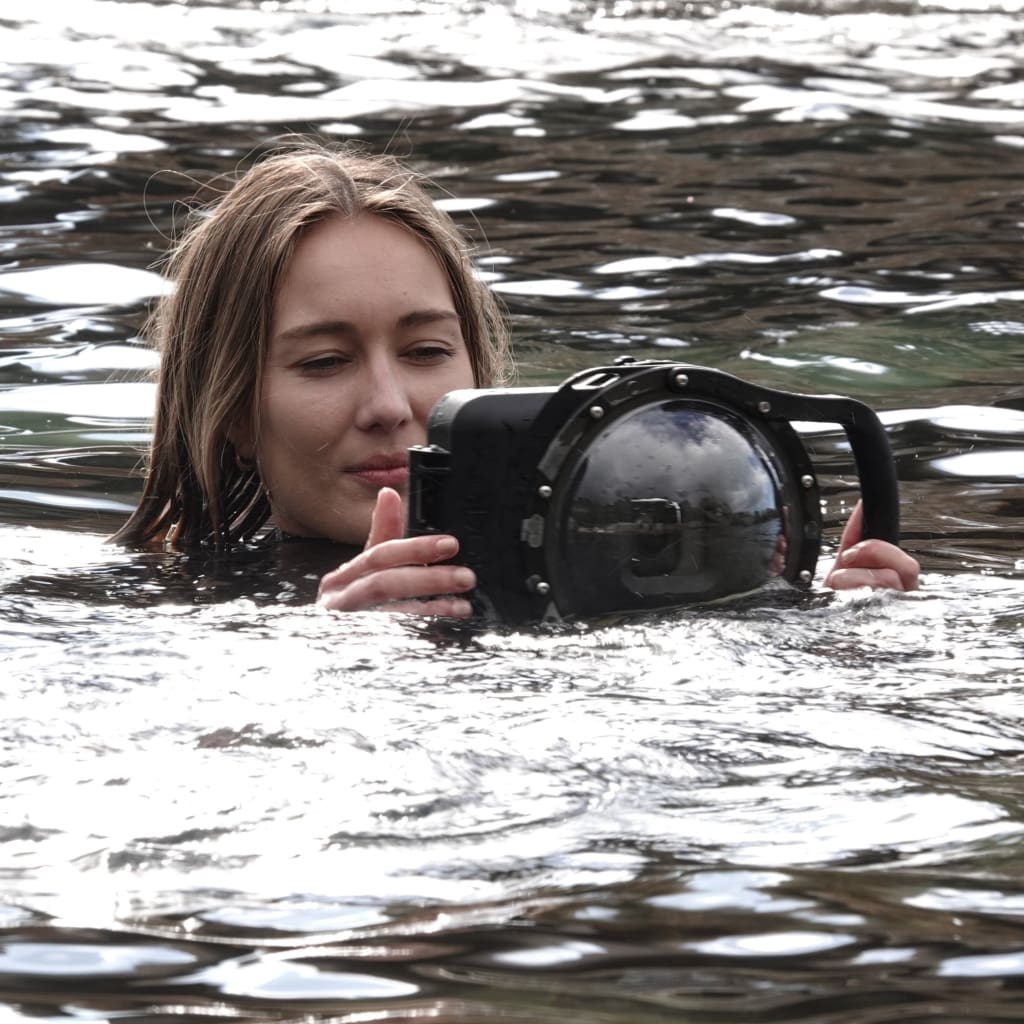
Mastering Underwater Photography with Your Smartphone: A Beginner's Guide
Underwater photography is one of the most exciting yet challenging genres for beginners. It captures a world of colour, movement, and life that feels magical, and with today's smartphones, it's more accessible than ever. But how do you get started?
With the right knowledge and tools, like a GDome underwater housing, you can transform your smartphone into a powerful underwater camera. This guide will show you the essentials to start your underwater photography journey

Understanding the Underwater Environment
Before you start shooting, it's crucial to understand how underwater conditions affect your photos. This will help you adjust your techniques and gear accordingly.
How Light Behaves Underwater
Light behaves differently underwater. It bends, scatters, and fades fast. Even at shallow depths, colours disappear—reds vanish first, leaving images looking blue or green.
Colour Absorption and Its Impact on Photos
Colours fade quickly, affecting the quality of your shots. To compensate, get close to your subject and use filters (like red filters) to restore colour balance.
Importance of Proximity to Subjects
Water reduces clarity. Stay close—ideally within 1-2 meters—to keep images sharp and vivid. The further you are, the more your photos will look dull and lifeless.

Essential Gear for Underwater Smartphone Photography
Choosing the Right Smartphone
Modern smartphones with good cameras, like the iPhone 14 Pro or Samsung S24 Ultra, perform well underwater. Look for phones with large sensors, image stabilisation, and manual controls.
Benefits of Using GDome Housings
GDome housings offer stability, protection, and image clarity that soft pouches or plastic cases can’t match. Their dome design reduces distortion and lets you shoot wide angles effectively. For example, one user shared how their GDome housing let them shoot in rough surf conditions while capturing crisp, stable images that stood out on social media.
Additional Accessories: Lights, Filters, and Straps
-
Lights: Essential for deeper or darker conditions
-
Red Filters: Correct colour balance at depth
-
Straps: Prevent accidental drops and make handling easier
Camera Settings and Techniques
Optimal Camera Settings for Underwater Shots
Use 4K resolution if available. Shoot at 60fps or higher for smooth video. Set your camera to manual or Pro mode if possible to adjust white balance.
Using Manual White Balance
Locking white balance helps maintain consistent colours. If your phone allows it, manually set it based on the environment.
Tips for Focusing and Exposure
Focus on subjects close to you. Use exposure compensation if your images are too dark or too bright. Test different settings before you dive.

Composition Tips
Shooting at Eye Level or Upwards
Shooting at eye level or slightly upward captures light and movement beautifully. It also adds depth and a more natural feel to your images.
Applying the Rule of Thirds
Divide your frame into thirds and place your subject off-centre for a more dynamic composition.
Capturing Motion and Behaviour of Marine Life
Patience pays off. Observe your subjects and wait for interesting behaviours, like feeding or interactions. Also, consider using negative space to draw attention to your subject and add a sense of scale or isolation.
Patience pays off. Observe your subjects and wait for interesting behaviours, like feeding or interactions.

Post-Processing and Sharing
Basic Editing Techniques to Enhance Underwater Photos
Use apps like Lightroom Mobile or Snapseed to adjust colour balance, contrast, and sharpness.
Recommended Apps for Editing on Smartphones
-
Lightroom Mobile
-
Snapseed
-
VSCO
Sharing Your Work on Social Media Platforms
Platforms like Instagram and TikTok love underwater shots. Use hashtags like #UnderwaterPhotography and #GDome to reach a broader audience.
Safety and Maintenance
Ensuring the Safety of Your Equipment
Always check your housing for leaks. Do a dry test before diving in.
Proper Maintenance of GDome Housings
Rinse with fresh water after each use. Dry thoroughly and store in a cool, dry place. Regularly inspect O-rings and seals.
Personal Safety Tips While Shooting Underwater
Stay aware of currents and marine life. Never exceed your comfort level or training.
Smartphone underwater photography is easier than ever with the right knowledge and gear. GDome makes it simple to capture stunning underwater shots. Take it slow, practice your technique, and most importantly, have fun. The underwater world is waiting to be explored.





